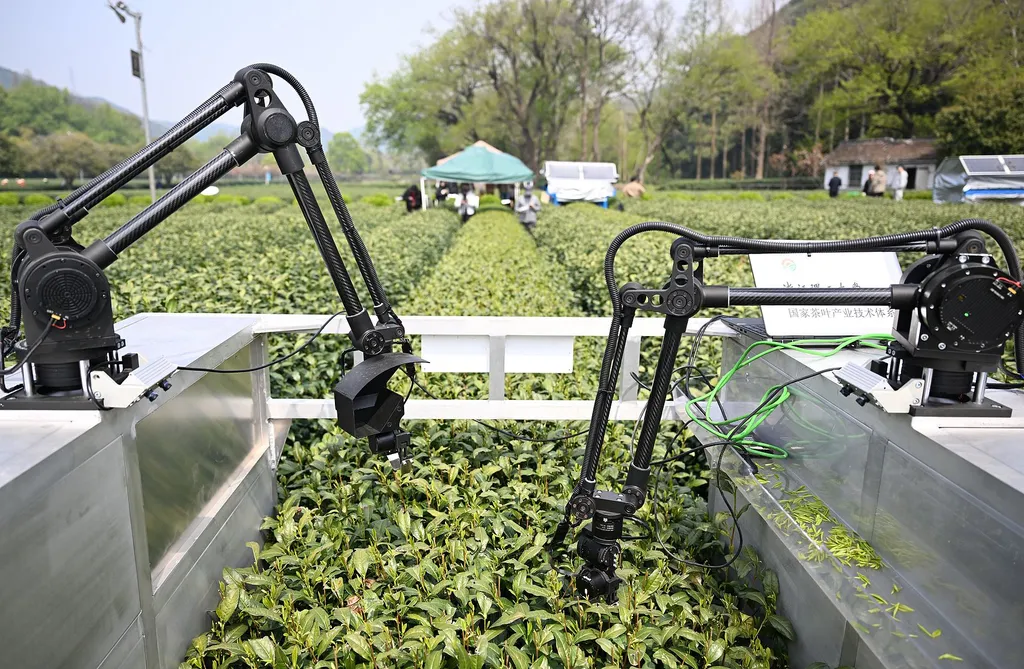In the vast and varied landscapes of northern China, a groundbreaking study has emerged, offering a data-driven lifeline to the complex world of watershed management. Published in *Water Research X*, this research, led by Mei-Yun Lu of the State Key Laboratory of Urban Water Resource and Environment at Harbin Institute of Technology, introduces a hybrid framework that could revolutionize how we approach pollution control in agriculture and beyond.
The study tackles a critical gap in current watershed management strategies: the lack of emphasis on regional characteristics and their relationship to pollution issues. By coupling multiple machine learning models, the researchers have developed a framework that not only identifies regional patterns but also predicts key pollution drivers with remarkable accuracy. “Our framework integrates K-means clustering with the extreme gradient boosting (XGBoost) classification model and employs SHAP analysis to enhance the classification and recognition of regional feature patterns,” Lu explains. This innovative approach allows for a more nuanced understanding of the diverse pollution challenges faced by different regions.
The implications for the agriculture sector are profound. With the gradient boosting machine (GBM) model achieving an impressive coefficient of determination (R2) of 0.839 and a mean squared error (MSE) of 0.00757, the framework can predict key pollution drivers with high precision. This means farmers and agricultural businesses can better anticipate and mitigate pollution risks, leading to more sustainable and efficient practices. “The results identified four distinct city clusters with divergent urban characteristics, including high pollution levels, well-developed agriculture, water shortage, and underdeveloped economies,” Lu notes. This differentiation is crucial for tailoring pollution control strategies to local conditions, ultimately benefiting the agricultural industry.
The study’s findings highlight the need for differentiated control priorities, supporting the idea that one-size-fits-all solutions are ineffective in managing watershed pollution. By identifying specific pollution risks in different clusters, the framework provides a valuable tool for governments and practitioners to conduct pre-planning for watershed pollution control based on regional characteristics. “This framework positions itself as the initial stage of a multi-layered decision-making architecture for sustainable watershed governance,” Lu states. It emphasizes the importance of developing a full-process decision support system, which could shape future developments in the field.
The commercial impacts for the agriculture sector are significant. With a better understanding of regional patterns and key pollution issues, agricultural businesses can optimize their operations, reduce pollution risks, and enhance sustainability. This not only benefits the environment but also improves the bottom line, as more efficient and sustainable practices can lead to cost savings and increased productivity.
As we look to the future, this research offers a valuable perspective on how data-driven frameworks can support sustainable watershed governance. By integrating advanced machine learning models, the study provides a blueprint for developing comprehensive decision support systems that can address the complex challenges of watershed management. This innovative approach could pave the way for more effective and efficient pollution control strategies, benefiting not only the agriculture sector but also the broader environment.

